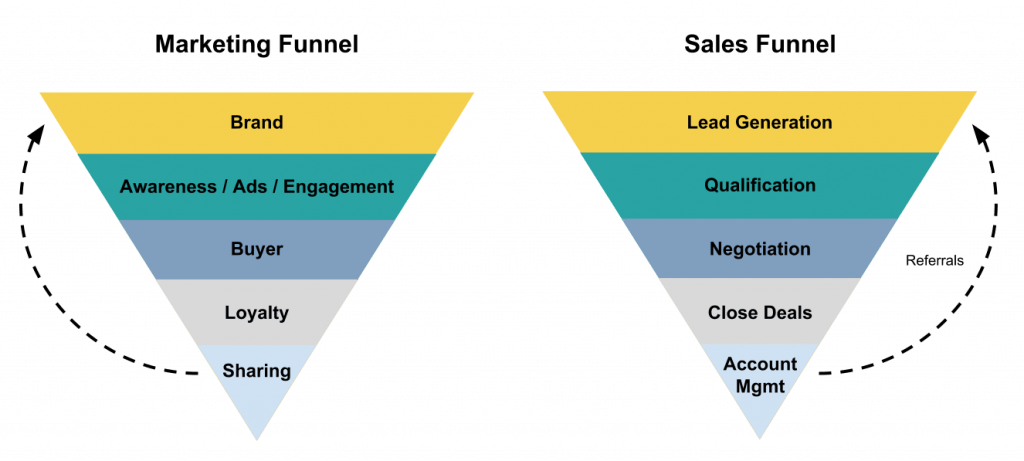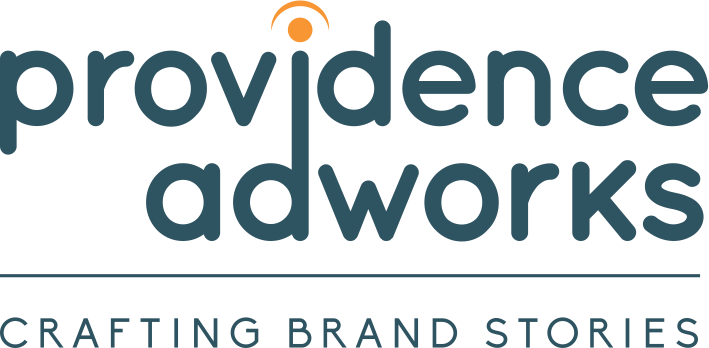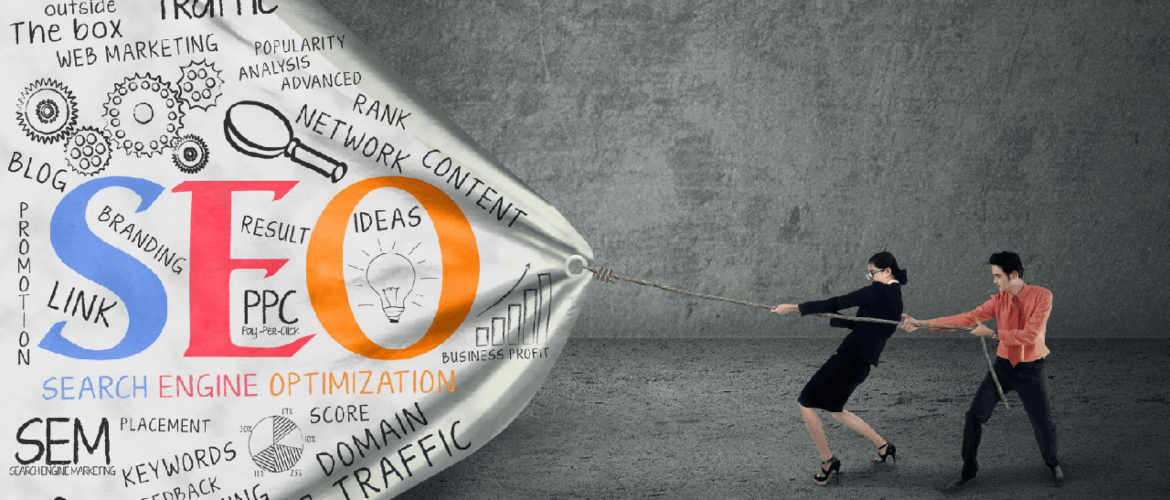We all are living in the era of “Digital Transformation”, signifying the assimilation of digital technology into all facets of life. It predominantly replaces the way we used to live, interact, and work formerly and currently. The centre of attention is on capitalizing the technologies such as artificial intelligence, blockchain, the Internet of Things (IoT), and ultra-modern techniques of data analytics to pioneer and refine the efficiency of various sectors.
There is a misapprehension of people that digital marketing works on the four Ps of marketing which stand for Product, Price, Place, and Promotion but the whole idea of digital marketing is purely constructed on the utilization of the fourth P: “Promotion”. Yet, there is an eye opener here that digital marketing brings into effective action all four Ps in a quirky way.
Speaking of the categorization of digital marketing it encompasses innumerable strategies and channels to promote the products and services online. It accommodates Search-Engine Optimization (SEO), Content Marketing, Social Media Marketing, E-mail Marketing, Pay-Per-Click (PPC), Affiliate Marketing, Influencer Marketing, and Mobile Marketing within it. The entire objective of digital marketing is to recognize and target prospective customers and allure them with what the brand is aiming for. Many businesses have a mindset that digital marketing is as easy as traditional marketing as things are momentary and un-identical here, first, the business has to figure out the requisite goal that they are focusing on to accomplish with digital marketing.
The whole procedure of producing an advertisement leverages unique marketing strategies and channels for instance if a business centers around provoking brand awareness, then, social media marketing is the best-suited option for it. Likewise, if a business completely focuses on generating leads and, for such, Pay-Per-Click and SEO are the top-notch alternatives.
This blog is all about “how content marketing and Search Engine Optimization work simultaneously to attain the best ROI”. But before beginning with the topic, let’s relearn the basics of what these concepts were about.
In short, content marketing plays a pivotal role in building brand authority, amplifying brand awareness, laying the foundation for the trust of prospective customers towards the particular brand, and last but not least in the list engaging and educating customers. Search engine Optimization assists the content by optimizing it for better reaching the prospective customers for better reach and engagement.
When the lead-generating component is taken into account, the sales funnel plays a momentous role here.
What exactly is a “sales funnel”?
Fundamentally, the sales funnel is a marketing concept that summarizes a journey a prospective customer experiences, from the foundational awareness stage of the product or service to the last stage of making the final purchase.
It’s not the sales funnel alone that is responsible for lead generation, however, it’s a consecutive effort of both the sales and marketing departments for the same. Principally, the marketing and sales funnel is composed of 6 levels or layers, every layer is responsible is devoted to carrying out specific roles and responsibilities. The first two layers or the top of the funnel (Tofu) are dedicated to marketing’s responsibility, and the bottom of the funnel (Bofu) is devoted to sales responsibility. Although, you all are wondering what the middle of the funnel (Mofu) is devoted to. The middle of the funnel (Mofu) is dedicated to both sales and marketing departments and here the shared responsibilities of both works in a collaborative manner.

What does Content Marketing stand for?
Before diving into content marketing, we first and foremost acknowledge what content represents. The word “Content” symbolizes contrasting meanings as it encompasses blogs, videos, and articles. Infographics, podcasts, social media posts, and interactive content like quizzes, polls, etc.
After knowing what content stands for, we now come to recognize the true meaning of Content Marketing. Content Marketing is one of the classifications of digital marketing and a strategic marketing approach whose entire central point is on creating, publishing, and distributing valuable, relevant, and compatible content to clearly define the target audience. Content marketing utilizes content strategy, value-driven content creation, and promotion to drive profitable user actions. The entire objective of content marketing rests upon targeting the specified audience, constructing brand awareness, building trust, and pushing the consumer through each stage of the buyer’s journey until he/she is reshaped into a purchaser.
There are three paramount verticals of content marketing that play an essential role here and without these three verticals, content marketing is insufficient. These verticals are content strategy, content creation, and content boosting.
- Content Strategy: It is the most significant part of content marketing as without a strategy nothing can be planned accordingly. Content strategy is also known as content marketing strategy as it is an approach for producing and marketing content. Content strategy assists the business in setting the goal for a campaign they are targeting, their target group, planning the content you want to publish, and at last on which channel you want to publish and boost your content, what would be your promotion plan, and what metrics business utilizes to track the performance of the content.
- Content Creation: The second pillar in content marketing is content creation is an act of constructing and sharing information or media content which are concretely reshaped for a particular audience, especially in a digital environment. The entire process takes into account firstly, the idea generation phase in which, what will be the title of the content needs to be taken care of. In this phase, a collaboration of brainstorming about the same is supervised. When the content writer has decided upon the idea of the topic, then, the next phase comes into play, which is the research phase in which gathering information on the topic to make sure the accuracy and relevance part of the content. Then crafting the content in the form of a blog, article, etc. Making the creative representation in the form of infographics, images, and videos can aid the content for the prospective audience to have a better understanding of the topic. In all these, you all are thinking about which is the most crucial component here. The explanation is for every content writer this is of the utmost significant component which is before publishing the content anywhere, they must review their content, by following this, if there is a requirement of any kind of refinement, they can perform it which in turn strengthen the clarity, coherence, and quality of the content. The final phase is publishing it on the targeted channels like website, social media, etc. Choosing the right keywords is a key component in content creation.
- Content Promotion: It is a strategic marketing approach whose center of attention is on creating, publishing, and administering valuable, relevant, and consistent content to attract and retain a clearly defined audience and ultimately drive profitable user actions. Fundamentally, content promotion is a strategy being used in search engine optimization to expand the visibility and reach of content. Content promotion authorizes the content to reach the audience having the involvement of generating backlinks from elevated authority sites, promoting it on numerous channels, and at last getting engagement on your content.
Search Engine Optimization was established for “What”?
The term “SEO” is in hype these days as multiple businesses are utilizing it, ultimately resulting in better engagement and generation of leads. Still, some newcomers are not aware of its actual meaning and how it works. Let’s take on board that the term “SEO” incorporates three words namely: search, engine, and optimization. The world at large exploits search engines in their daily life to explore whatever they are interested in. The word “Optimization” encapsulates everything on which SEO can be understood. The actual meaning of “Optimization” signifies the process or methodology of creating something as effective, perfect, or functional as possible.
Search Engine Optimization is the process of revamping the quality and quantity of website traffic by enhancing the visibility of a website or webpage. The techniques that SEO makes use of are On-page and Off-page assist in getting more traffic to the website.

Search engines like Bing, Yahoo, and Google take advantage of search engine optimization to determine the relevance and ranking of websites in their search results. Out of all the three search engines, Google is the most widely used search engine. Google search works in three phases.
Crawling: In the world of SEO, Crawling implies “following your links”. It is a process by which search engines send bots, crawlers, or spiders to “read” the latest content. These Google spiders, or bots crawl your website along with zillions of others to fetch information about them. According to research conducted, it reflects that in the year 2008, Google crawled 1 trillion pages, trailed by 2013 it leaped to 30 trillion pages, and 2017 showed the figure of 130 trillion.
Indexing: After the crawler collects the data, the result is listed on the web search (often called Google’s index). Indexing is the process where search engines orderly collect, analyze, and store information from webpages to involve in their extensive databases. This implies that crawling and indexing is a step-by-step process.


Search Engine Result Page: When both the above steps are carried out, then, comes the last part where Google displays the best possible search result when a user enters a query. SERP includes two types of searches:
- Paid Searches: These are primarily advertisements that appear on the SERP. They are ranked according to their relevance and bid amount.
- Organic Searches: These are purely based on search engine algorithms without any paid influence. They are ranked by relevance to the search query.
Keyword research plays an essential role in ranking search results. The meaning indicates, a process of identifying and analyzing the words and phrases that people usually use in their search engines. There are three types of keywords: awareness, navigational and transactional.
Awareness keywords are used by potential users who are at the beginning stage of the buyer’s journey. At this stage, the users are not well aware of the products or services offered by the brands but are starting to recognize an interest or need for the same. The ultimate goal of these keywords is to capture attention and build awareness about a problem or topic. Navigational keywords are the keywords that are used when the user intends to find out about a specific website. These types of keywords often comprise brand names, product names, or particular URLs. Facebook login or YouTube homepage are some of the examples of it. Transactional keywords are keywords used for the purchase or completing a transaction when the end user is all prepared. Buy, purchase, discount, coupons, orders are common examples of it.
Classification of Search Engine Optimization
Search engine optimization is further classified into two basic types: On-page and Off-page.
On-page SEO
On-page SEO is also known as on-site SEO. It is a practice of optimizing an individual webpage to enhance its search engine ranking and earn organic traffic. This encompasses a variety of techniques and strategies. The key components being included were:
- Content Optimization: Optimizing the content and ensuring that the content is relevant, contains the right keywords, and is of high quality.
- HTML source code Optimization: Utilizing the proper tags, such as title tags, meta description, header tags (H1, H2, etc.), and alt text for images.
- URL structure: Make sure to create clean and descriptive URLs that include the relevant and applicable keywords.
- Mobile Responsiveness: It is an important component of On-page SEO as it directly affects both user experience and search engine ranking. Make sure that the website is mobile-friendly and accessible in all mobile devices.
Off-page SEO
Off-page SEO refers to the strategies and activities that occur outside of the website whose ultimate goal is to boost search ranking and online visibility. It includes optimizing factors not personally controlled by the website owner but have a direct influence on (E-E-A-T) which stands for Experience, Expertise, Authoritativeness, and Trustworthiness.
Key elements included in Off-page SEO were:
- Link Building: Backlinks act as a “vote of confidence” from other sites, indicating to search engines the credibility and authority of the linked site.
- Social Media Management: Having active participation on social media platforms such as LinkedIn, Instagram, Facebook, etc. would escalate brand awareness, drive traffic, and in the end indicate content relevance and popularity.
- Influencer Marketing: Collaborating with leading influencers and leaders of the industry leads to amplifying of brand exposure, backlinks generation, and enhancement of online authority.
- Content Marketing: Crafting and promoting high-quality, shareable content which can result in end users knowing more about the brands and latest industry news.
Collaborative efforts of Content Marketing and Search Engine Optimization
Content Marketing and Search Engine Optimization are closely related to each other as each strengthens the other to drive organic traffic, enhance user experience, and achieve higher search engine ranking. The collaborative efforts of both concepts reflect the best results with the integration of a few things such as Keyword research, Content quality and Relevance, Backlink generation, Improved user experience, and consistent content updates.





Leave A Comment